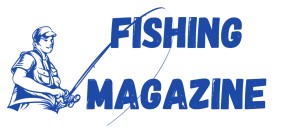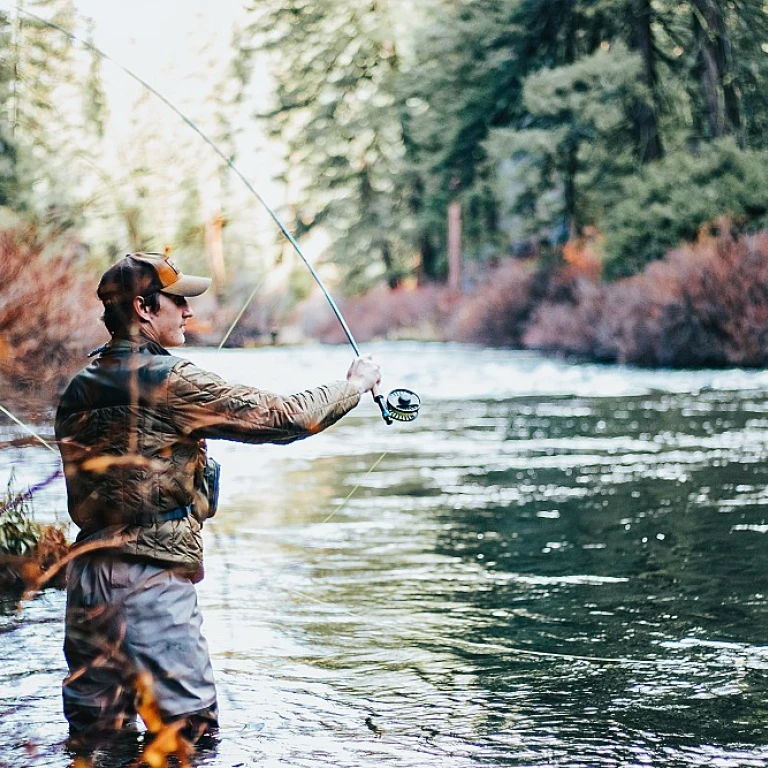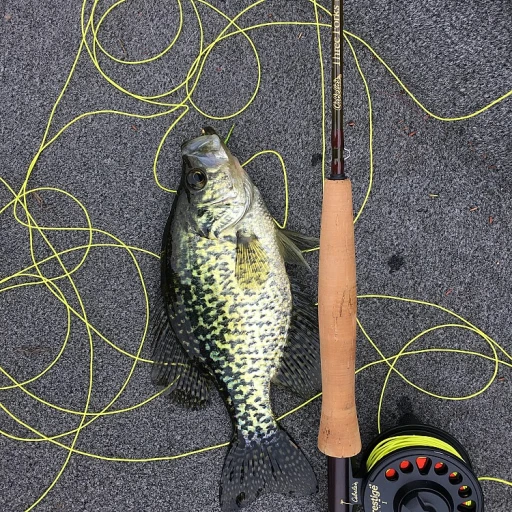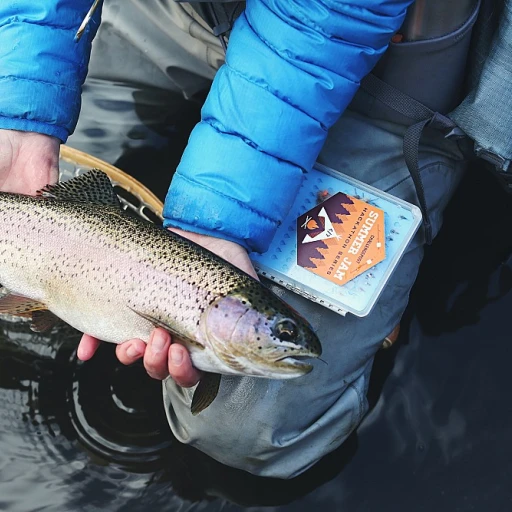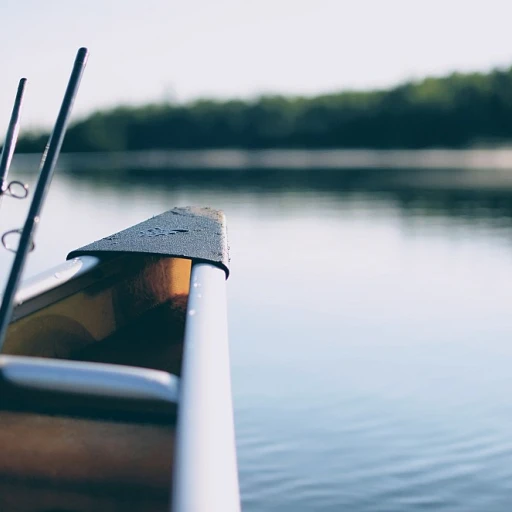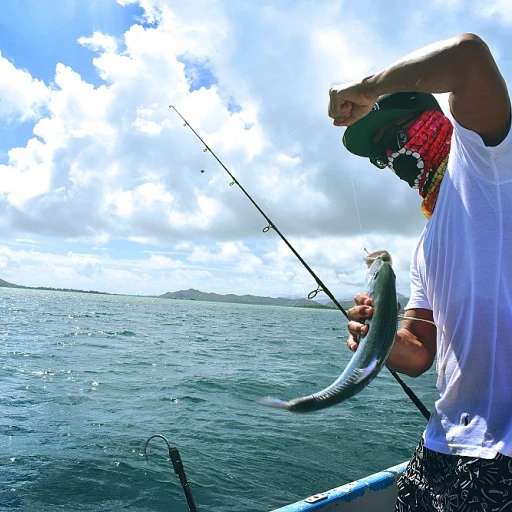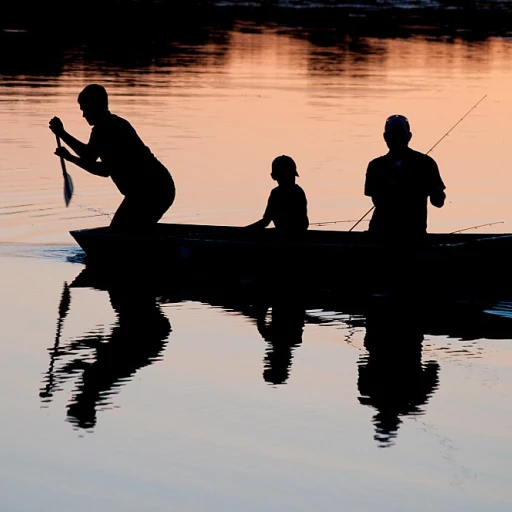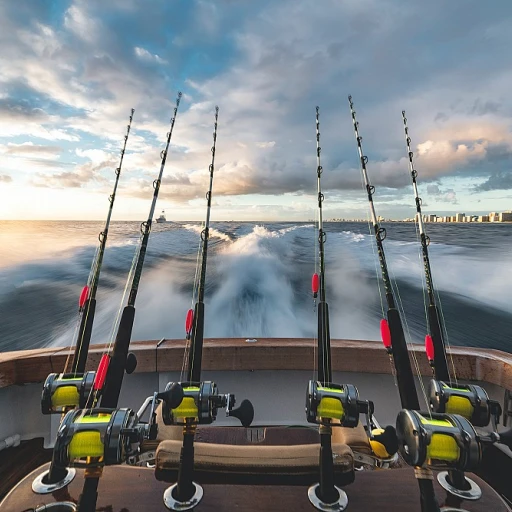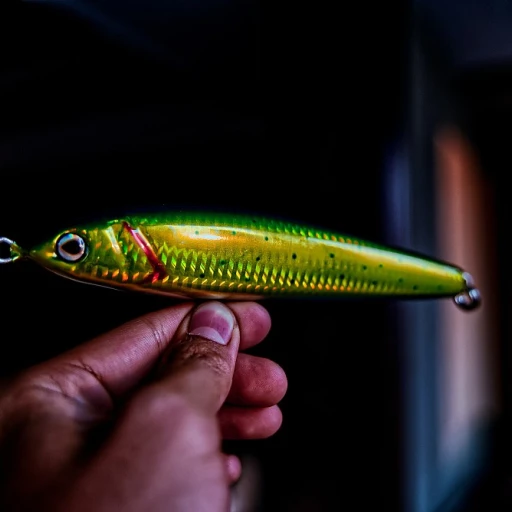
Understanding Fly Fishing Flies
Appreciating the Craft of Fly Fishing Flies
Fly fishing presents a unique blend of art, science, and technique, with fly fishing flies at the heart of this craft. Flies are more than just lures; they are intricate replicas designed to mimic the natural prey of various fish species. Understanding the different components and purposes of flies will enhance your fishing experience and increase your chances of a successful catch.
At its core, the art of creating flies is a practice deeply rooted in tradition and skill. Each fly is meticulously crafted through tying, involving materials such as feathers, fur, and synthetic fibers to imitate the living organisms that fish feed on. Particular attention is given to fly patterns and colors, aiming to appeal to fish like trout, bass, and even the elusive brown trout.
Fly categories generally divide into dry flies, wet flies, nymphs, and streamers, each serving a particular role in the angler's arsenal. While dry flies float on the water's surface, mimicking adult insects, nymphs replicate immature aquatic insects found below the surface. Streamers and wet flies, including popular patterns like the woolly bugger and muddler minnow, often target more aggressive fish by representing small baitfish or leeches.
The choice of fly can make or break a fishing expedition, requiring anglers to adapt to varying water conditions and fish behaviors. Beginners might start with flies like the pheasant tail nymph or elk hair caddis, which are forgiving and effective across a range of environments. As experience grows, anglers can experiment with advanced patterns such as the prince nymph or hare ear, each adding complexity and broader appeal.
The commitment to understanding and selecting the right fly fishing flies not only improves your technique but fosters a deeper appreciation for the intricate ecosystem of aquatic life. To optimize this aspect of your preparations, consider exploring guidance on choosing the optimal weight for backing in fly fishing, a crucial component for casting efficiency.
Types of Fly Fishing Flies
Understanding the diversity of fly fishing flies is crucial for any angler looking to improve their game. Let's dive into the different categories of flies and what makes each one special.Aquatic Insects and Their Imitators
Flies are often designed to imitate various stages of aquatic insects, which are a primary food source for fish like trout. Dry flies, for example, float on the surface and replicate adult insects. Patterns such as the elk hair and the classic dry fly offer excellent buoyancy and realistic presentations. On the other hand, wet flies, like the soft hackle, sink below the surface, mimicking submerged insects.Nymphs and Subsurface Flies
Nymphs, such as the pheasant tail and prince nymph, are among the most effective subsurface patterns. They represent the larval stage of insects, dwelling below water. Adding a bead head can enhance the fly's ability to sink, making it more enticing to nymph-feeding fish. These flies are very effective for catching species like trout and bass.Streamers and Attractor Patterns
Streamers like the woolly bugger and muddler minnow serve a different purpose, imitating baitfish or leeches. They are perfect for targeting larger, more predatory fish like bass or brown trout. Their vibrant colors and movement in the water make them irresistible to hungry predators.Enticing the Fish with Lively Movements
Each fly has a unique pattern and color scheme that will attract fish in different conditions. It’s important to have a well-rounded collection that includes various fly patterns to tackle any situation you encounter on the water. Remember, the best success comes with understanding how each pattern works and the specific condition it suits best. For those interested in crafting their own flies, mastering the art of tying is essential. You can find some essential tools for tying flies that will help you in creating the perfect imitation. Combining well-chosen flies with the right presentation will enhance your chances of a successful fishing trip.Selecting the Best Fly Fishing Flies
How to Choose the Perfect Fly Fishing Flies
When it comes to selecting the best fly fishing flies, many factors need to be taken into consideration to ensure a successful fishing experience. Whether you’re gearing up for trout fishing or targeting bass, every detail matters. Flies come in various patterns and styles, each designed to mimic different fish prey and suitable for specific fishing conditions.
First, understand the water conditions where you plan to fish. Water clarity, temperature, and speed can significantly impact which fly will work best. For murky waters, opting for flies in bright colors can help them stand out to fish, such as a "Woolly Bugger" or "Muddler Minnow" in eye-catching shades. Conversely, in gin-clear streams, more natural patterns like a "Pheasant Tail Nymph" or "Hare's Ear Nymph" might be preferable.
Match the hatch is an essential strategy in fly selection. This involves choosing flies that mimic the local insect life. If fishing during a heavy caddis hatch, for instance, "Elk Hair Caddis" or "Soft Hackle" patterns can be particularly effective. Observing what flies are shared among other well-experienced members of the fishing community can also provide crucial insights.
Don’t forget about the fish you are targeting. The choice of fly often varies depending on the species. Brown trout might favor something different from striped bass. Dry flies, nymphs, and wet flies each have their place, depending on the fish behavior. For example, "Prince Nymph" or "Bead Head" variations can be excellent choices for nymphing techniques targeting trout.
Flexibility in your fly box can often be the key to success. Always pack a diverse selection of flies that cover a range of colors, sizes, and patterns. This preparedness will allow you to adapt quickly to changing conditions and fish moods. Sharing ideas and experiences with other anglers, such as in online forums or during local fishing club meetings, can also aid in identifying the most productive fly patterns.
Finally, to truly enhance your fishing experience, consider how your fly setup fits into your entire fishing kit. Explore resources like enhance your fishing experience for additional tips on optimizing your gear.
Top Fly Fishing Flies for Beginners
Flies Perfect for Learning the Basics
When diving into the world of fly fishing, having the right set of fly fishing flies can make all the difference. Especially for beginners, selecting flies that are easy to use and effective across various fishing scenarios can lead to a more rewarding experience.Here are some top choices that are particularly well-suited for those just starting out:
- Woolly Bugger: Versatile and effective, the Woolly Bugger is a staple in many fly boxes. This pattern can mimic anything from a leech to a baitfish, making it a great all-rounder when targeting fish like bass or trout.
- Hare's Ear Nymph: Known for its simplicity yet effectiveness, the Hare's Ear Nymph can be a fly fishing beginner's best friend. It's great for imitating various aquatic insects.
- Adams Dry Fly: A classic in the world of dry flies, this pattern is excellent for trout fishing. Its unique appearance makes it a favorite among anglers.
- Prince Nymph: This is another versatile nymph that works well in various water conditions. It’s particularly useful when targeting species like brown trout.
- Elk Hair Caddis: With its buoyant nature, this dry fly patterns perfectly mimics adult caddisflies on the water surface, attracting fish effectively.
By incorporating these well-known patterns into your fly fishing arsenal, you’ll gain the necessary skills and experience to better understand how fish react to different flies and water conditions.
Advanced Fly Fishing Flies for Experienced Anglers
Flies for the Experienced Angler: A Deeper Dive
For those who have mastered the basics of fly fishing, delving into advanced fly patterns can open up a world of opportunities. Experienced anglers often seek to expand their arsenal with an array of specialized fly patterns designed for more challenging fishing conditions. Here's what you need to know:- Nymphs and Their Intricacies: Perfecting the use of nymphs such as the prince nymph or pheasant tail can significantly increase your success rate when targeting trout in varied water conditions. Nymph fishing requires an understanding of water currents and depths, as well as precision in presentation.
- Mastering Dry Flies: Options like the elk hair or hare ear dry fly are essential for achieving a delicate presentation on the water's surface. Understanding the hatching patterns of insects can guide you in selecting the right dry flies for different times of the year.
- Exploring Wet Flies: Wet flies, such as the soft hackle, are effective for enticing fish beneath the surface. Their subtle movements in the water can mimic natural prey, often proving irresistible to brown trout and other species.
- The Woolly Bugger and Bass Fishing: Often revered as one of the most versatile fly patterns, the woolly bugger can be particularly effective for striped bass. Its adaptability to various colors and sizes makes it a staple for targeting both trout and bass.
- Pattern Variation and Color Choices: Experienced anglers often experiment with different colors and fly tying techniques. For instance, a muddler minnow may prove more successful in murkier waters, while a bead head pattern can add the necessary weight to reach deeper areas.
Caring for Your Fly Fishing Flies
Maintaining the Longevity of Your Flies
To ensure the longevity of your flies, whether they're for trout, bass, or more exotic species, taking proper care of them is essential. Investing time and care in maintaining your fishing flies, such as the pheasant tail or elk hair, will ensure that your collection remains in top condition.- Proper Storage: Keep your flies dry and stored in a dedicated fly box to avoid damage. Flies like dry flies or wet flies, can become less effective if not dried properly after each trip.
- Drying Techniques: After a day of fishing, ensure that your flies, such as those with hair caddis patterns, are thoroughly dried before storing. Leaving moisture can lead to rust or mildew, especially on bead head patterns.
- Regular Inspections: Routinely inspect your flies for any damages or wear. Look for broken hooks, frayed materials, or deteriorating tying. Replacing or repairing flies, like the muddler minnow or woolly bugger, will maintain their effectiveness.
- Rewinding and Retouching: If you're adept at fly tying, retouching your flies with fresh materials will extend their life. Refresh nymphs or soft hackle flies with new hackles or body material.
- Avoid Contamination: Different waters carry different substances that could affect the colors and patterns of your flies. Rinse them with clean water after fishing tours in various locations and dry them well.
